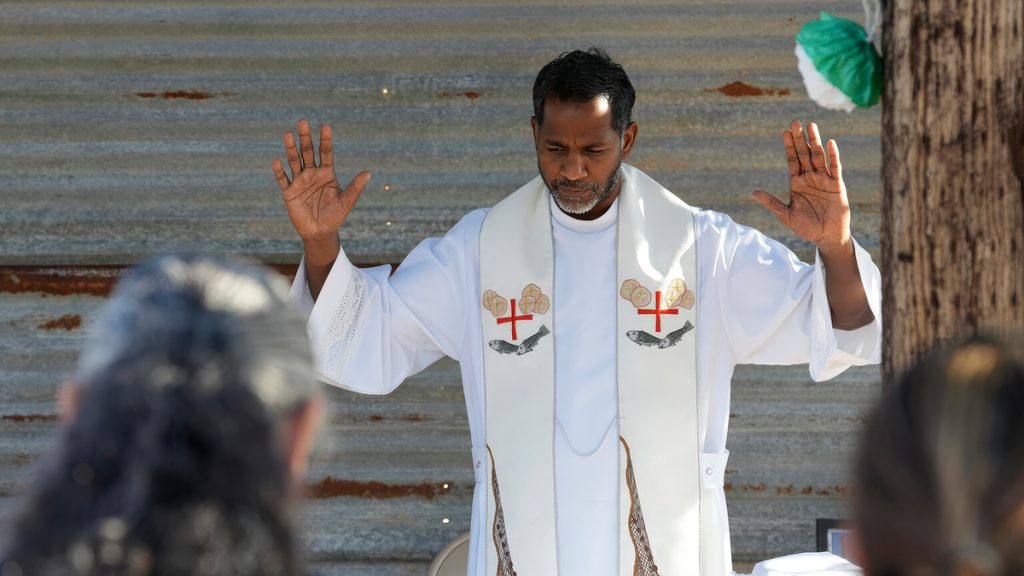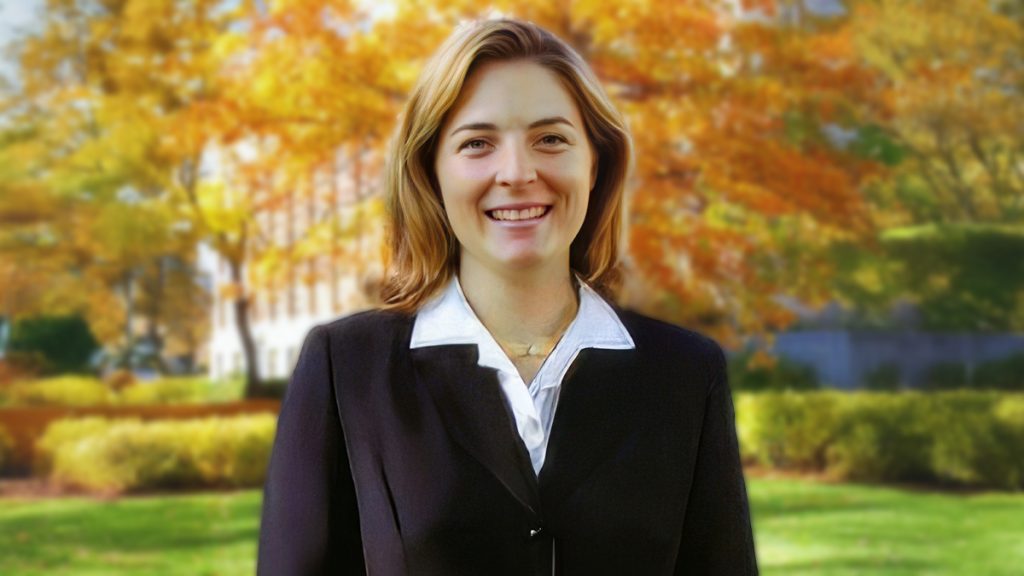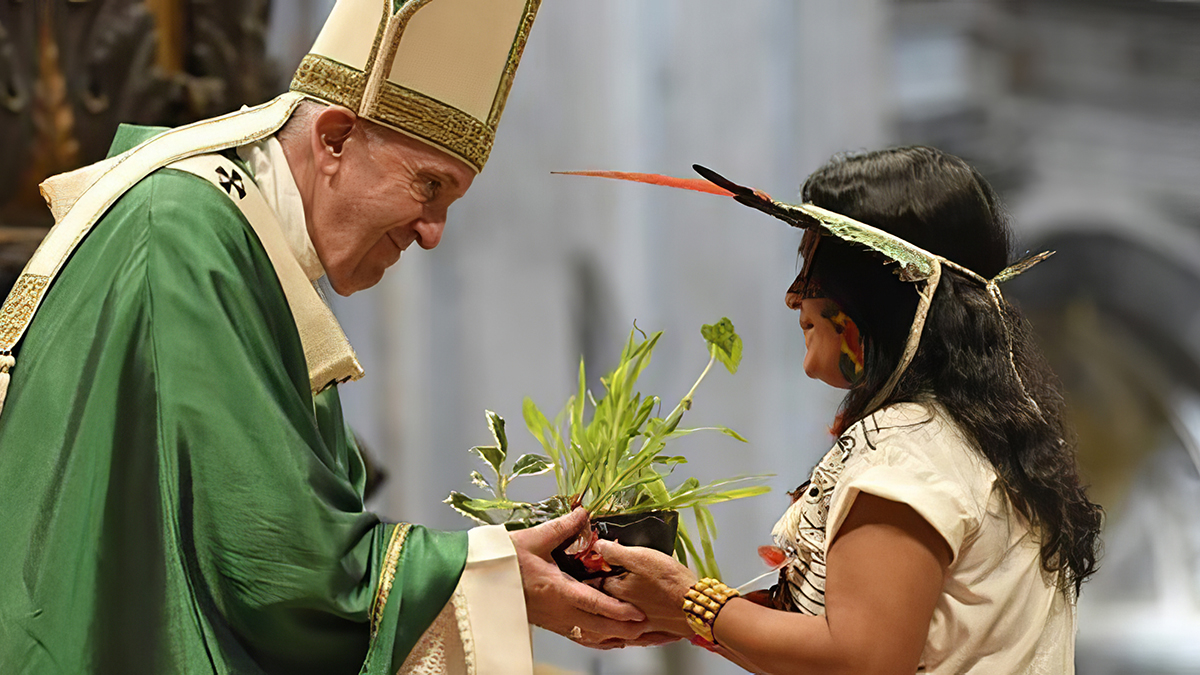On St. John the Baptist’s feast day in late June, an extended Tohono O’odham family attends Mass out at their desert camp, where they gather to harvest saguaro fruit in a process sacred in their Native spirituality.
“When you’re raised as being a Catholic and raised as being an O’odham, you have both of those within your home, you have both of those within your family,” said Maria Francisco. “So it’s a combination.”
A desert Mass under a handmade canopy
With her cousin, Tanisha Tucker Lohse, and about three dozen other family members and friends, Francisco worshipped at the early morning Mass in a ramada — a canopy topped with saguaro ribs to provide shade, this one decorated with paper flowers.
A folding table covered by a white and gold tablecloth served as an altar. A priest visited from Tucson to celebrate the Mass.
Symbols of tradition and memory
A statuette of St. John the Baptist stood by a bunch of fresh flowers, candles and burning desert sage in lieu of incense.
There were also photographs of Tucker’s late mom and their great-great-aunt, known as “Grandma Juanita,” whose advocacy preserved the camp. Juana is Spanish for Jane, so she celebrated her name day on St. John’s and the family is continuing the tradition.
A dozen cross-shaped saguaro fruit-picking poles leaned behind the table. Made from saguaro ribs, they’re used to hook the fruits and push or pull them down from the towering plants.
“Making people
– Rev. Aro Varnabas
feel connected to God
through the things
they’re familiar with,
that’s what I see.”
A painful history, a persistent legacy
The history of encounters between Catholicism and Native spirituality has often been marred by violence and oppression. But many members of the Tohono O’odham Nation hold onto both faith traditions as they were passed down since the late 17th century, when an Italian-born Jesuit missionary, the Rev. Eusebio Kino, introduced Christianity to these remote deserts in what now are the U.S.-Mexico borderlands.
“To me, it’s the lived consequence of trying to do Catholicism on their own,” said Seth Schermerhorn, a Hamilton College professor who studies Indigenous adoption of Christian practices.

Making space for the sacred
Many O’odham villages have mission churches, though a shortage of priests means regular Mass is a rarity. The Rev. Aro Varnabas came from his parish, Saint Kateri, to celebrate this service.
“Making people feel connected to God through the things they’re familiar with, that’s what I see,” he said.
O’odham mission churches
are often without clergy,
but the people’s faith endures.
Whether at historic San Xavier
or a handmade altar
in the desert,
Mass is kept alive by those
who continue traditions
both Catholic and Native.
A spiritual connection across time
Michael Enis, who works for the O’odham’s San Xavier’s district — home to one of the most beautifully decorated colonial Catholic churches in the Southwest, San Xavier del Bac — brought his three young children.
He sees a special kinship between his nation and Jesus’ cousin, who lived off the desert, called for repentance at the risk of his life, and baptized Christ himself in the Jordan River.
“You connect the story of St. John and O’odham life, and you’re stronger for it,” Enis said.

- Giovanna Dell’Orto writes occasionally for RNS.
- First published in RNS. Republished with permission.

